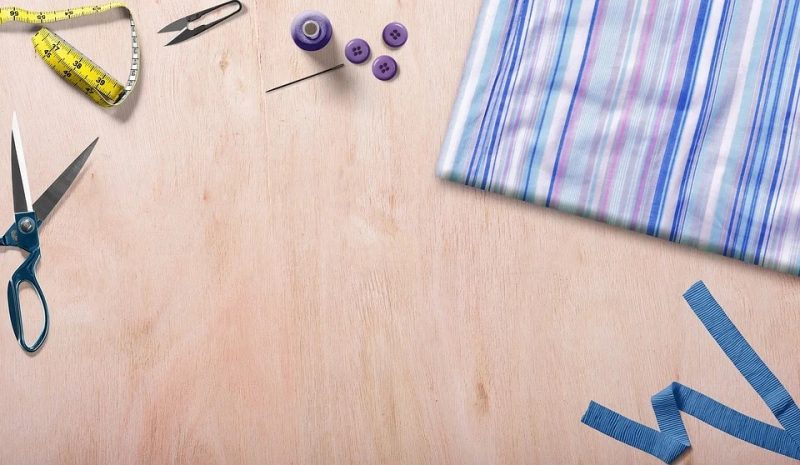You can learn how to make a body pillow case in two easy steps. While you can buy a body pillow case on various platforms and retailers, it will be useful to know how to make one yourself. This way, you can customize it according to your pillow, and you can choose the best materials for it.
The easy two-step guide below is best for your traditional body pillows. They are the long and rectangular types that are meant to go alongside the body. If you have a different kind of body pillow, find the appropriate shape of cover for it.

How To Make A Body Pillow Case At Home
We must always keep our pillows clean because they can harbor pathogens like bacteria or fungus. We can’t always wash our pillows, but we can use a pillow cover to wash often to keep the pillow clean. And if you have a body pillow, you know that it’s always in direct contact with the skin, so it should have the appropriate pillow case.
Step #1. Designing
The best pillow case for your body pillow should be the perfect fit, so always take the correct measurements before sewing. Hold both ends of your pillow and lay it over a surface to take the width and length. Your pillow might be new or used, which means the dimensions might have changed from what’s written on the packaging.
After you have the pillow’s measurement, you can begin cutting the fabric for the cover. Take your pillow’s length and add four inches and use this number as the long side of your fabric. On the other hand, the short side of the material will be the measurement of your pillow’s width multiplied by two plus two inches.
Cut the fabric according to these measurements. At this point, you can add a fringe to the pillow cover, and you can make it easier by creating a hemline at the top and bottom. You can skip this part if you don’t need to add a fringe to the body pillow case.
Step #2. Sewing
The final step is sewing the pillow over. A useful tip that you can apply when sewing any body pillow case is to use Velcro. Attach the Velcro pieces on opposite sides of the fabric and sew around each piece. Then, fold the fabric lengthwise with the wrong side out and pin the long side together for easier sewing.
Turn the pillow cover right side out and pin the short side without the Velcro piece. Finally, you can close the end of the pillow by sewing it shut. Do note that this body pillow cover uses an open end, so feel free to make any closure adjustments if you want.
How To Choose Fabric For Pillow Case
When making your own pillow cover, you’ll have complete control over the materials. The most important material is the fabric because it will keep the pillow clean and protect it from daily wear and tear. Moreover, the body pillow case is always in direct contact with your skin, so it shouldn’t be irritating.
There are many common fabrics for pillow cases, and choosing among them can be overwhelming. To help you make the right choice, let us divide these fabric types into two groups. You can choose between natural and synthetic fabrics.
Natural fabrics
Most sleepers would easily choose natural fabrics because you’re less likely to experience irritation with them. They include cotton and silk, to name a few. For a body pillow case, cotton would make a good choice because it is soft and breathable, ideal even for hot nights.
If you want something that feels lighter on the skin or if you’re also using body pillows as decorative pieces in your room, you can consider silk. It feels smooth and lightweight, and you can use it for all seasons. Body pillows that use memory foam and down would go best with silk body pillow cases.
Synthetic fabrics
Those who are on a budget can consider synthetic fabrics for pillow covers. They include polyester and nylon, and high-quality ones can also feel as good as natural fabrics. However, some sleepers note that using such fabrics dries up the skin.
What about combining the two?
Nowadays, manufacturers have created a combination of natural and synthetic fabric. This fabric uses a blend of natural and synthetic fibers to take advantage of both worlds. You’ll get a comfortable fabric that is durable and easy to maintain.
You can also check the thread count of your chosen fabric, as this can affect its overall quality. The thread count is the number of vertical and horizontal threads of the material per square inch. So if the fabric has a high thread count, it feels softer than those with a lower count.
Conclusion
You need to use a well-fitting cover for your body pillow to protect it from getting dirty. You can quickly learn how to make a body pillow case at home using two simple steps. You just need a fabric of your choice and measure your body pillow correctly using the tips discussed.
Once you have the fabric, you can start sewing. A useful technique is using Velcro pieces in addition to stitching the pillow cover. You can also modify some of the steps to what’s more comfortable for you.
